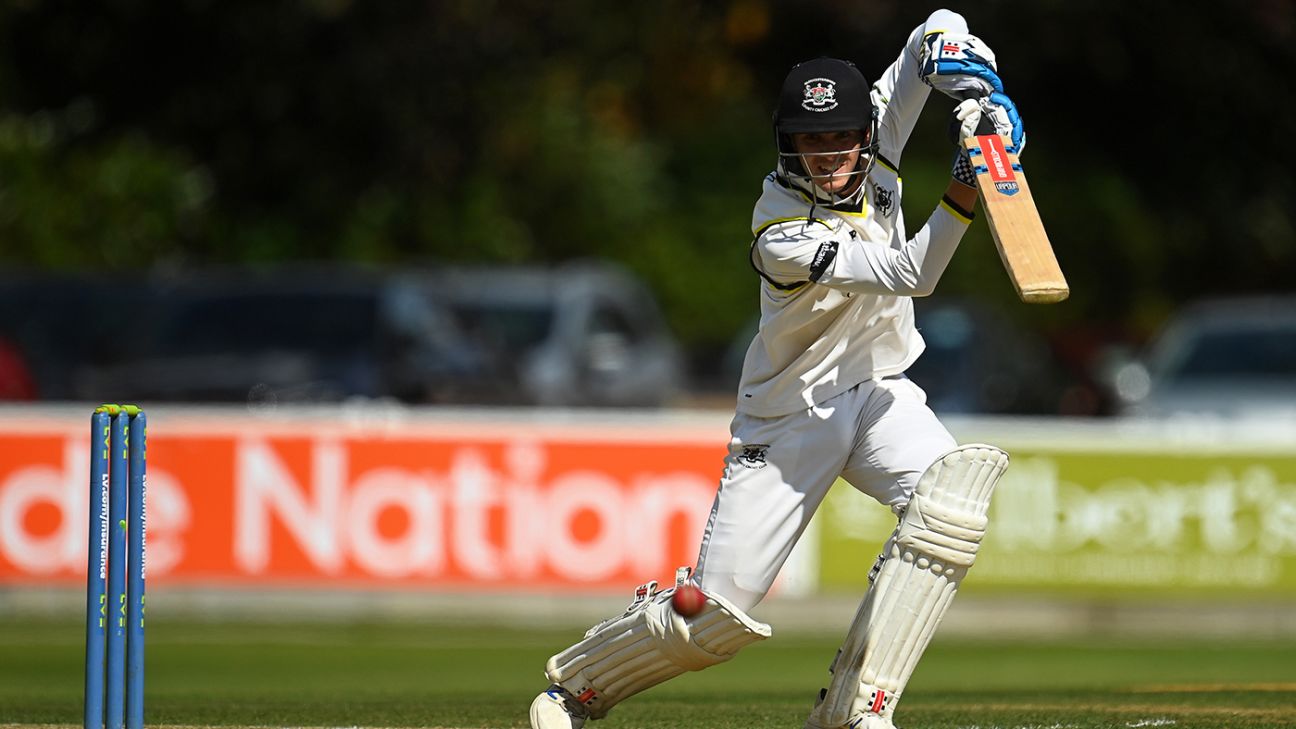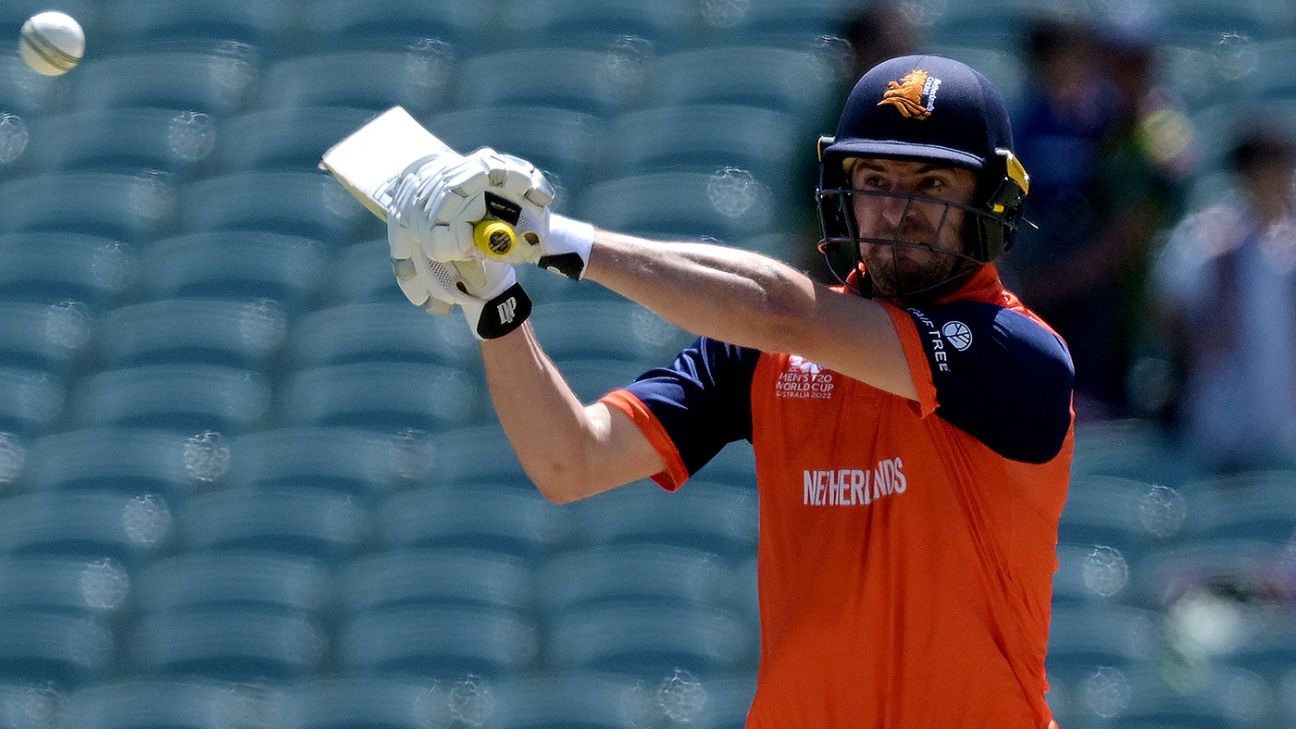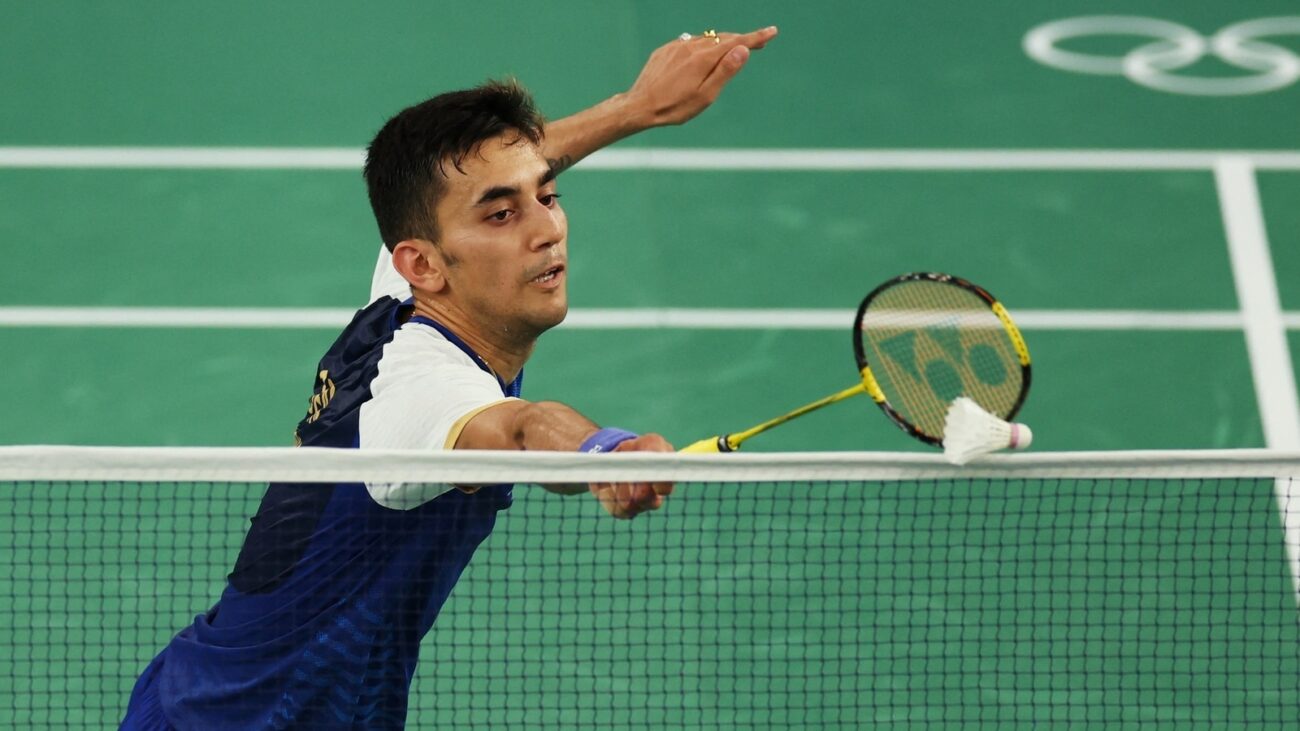India’s Spin Vulnerability Exposed in Thrilling Tie Against Sri Lanka
India’s Spin Vulnerability Exposed in Thrilling Tie Against Sri Lanka
India’s dominance in the first ODI against Sri Lanka at Colombo was overshadowed by their vulnerability against quality spin bowling. Despite a blistering half-century from skipper Rohit Sharma, India’s middle order faltered against a disciplined Sri Lankan spin attack, resulting in a thrilling tie.
Chasing a modest target of 231, Rohit Sharma’s 58 off 47 balls provided a solid foundation for India. However, his dismissal exposed India’s fragility against spin. The pitch, which initially seemed benign, began to offer turn and variable bounce, troubling the Indian middle order.
KL Rahul, Virat Kohli, Shreyas Iyer, and Axar Patel all got starts but failed to convert them into substantial scores. Sri Lanka’s spinners, led by Wanindu Hasaranga, Akila Dananjaya, Dunith Wellalage, and skipper Charith Asalanka, bowled with precision and guile, choking the run flow and picking up wickets at crucial junctures.
Earlier, Sri Lanka, opting to bat first, were bolstered by crucial half-centuries from Pathum Nissanka and debutant Dunith Wellalage. Nissanka anchored the innings with a composed knock, while Wellalage displayed maturity and confidence beyond his years, guiding Sri Lanka past the 200-run mark.
The Indian bowlers, despite the eventual tie, performed admirably on a helpful surface. Mohammed Siraj struck early, while Shivam Dube, returning to ODIs after a five-year hiatus, impressed with a wicket. Kuldeep Yadav, though wicketless, bowled economically, keeping the pressure on the Sri Lankan batsmen.
The match, ultimately ending in a tie thanks to late hitting from Shivam Dube, exposed India’s over-reliance on Rohit Sharma and their susceptibility against spin. It served as a timely reminder that despite boasting a formidable batting lineup, India needs to address their vulnerability against spin bowling to achieve consistent success in the ODI format.










